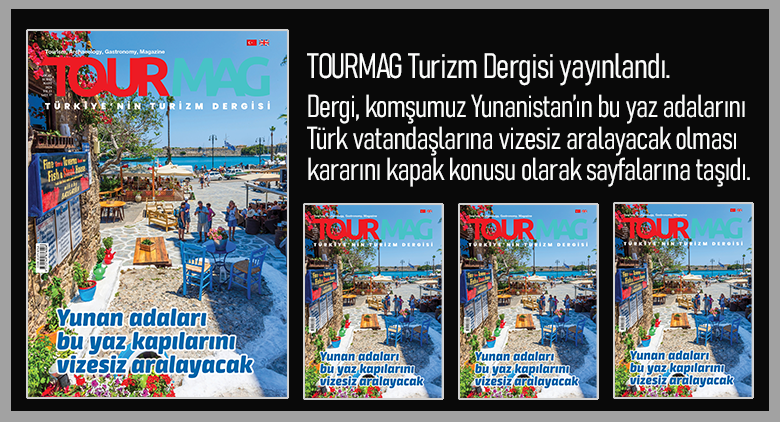Gyeongbokgung Palace, dating back to the Joseon Dynasty in Seoul, the capital of South Korea, hosted 5.6 million visitors last year, making it one of the city’s most important tourism centers.
According to information obtained by an AA correspondent from the Korea Tourism Organization, Gyeongbokgung Palace was built in 1395 by the Joseon Dynasty, founded in 1392.

Located on the slopes of Bugaksan Mountain in the city, the palace covers an area of 415,800 square meters and is also distinguished by its 6-meter stone walls.
The name “Gyeongbok” given to the palace means “the new dynasty will have good luck and prosperity.”
While the palace was destroyed during the Japanese invasion in 1592 and remained in ruins for many years, it was restored in 1867.

The main gate, pavilions, royal living quarters, and some halls of the palace still stand after restorations.
The historic structure is entered through its largest main entrance, Gwanghwamun Gate, where the changing of the guard ceremony is also held.
Gwanghwamun Gate and other structures of the palace stand out not only for their wooden and magnificent architecture but also for their colorful patterns.
Foreign visitors show interest Gyeongbok Palace, one of South Korea’s main tourist attractions, is visited by a large number of foreigners who come to Seoul.
Last year, 5,579,905 people visited the palace by purchasing tickets. Of these, 1,904,475 were foreign visitors. The daily number of visitors to the palace averages around 15,000, with around 3,000 being foreign visitors.
In the distribution of foreign tourists visiting the palace by country, Japan, China, the USA, Taiwan, Vietnam, Hong Kong, Thailand, Singapore, the Philippines, Indonesia, Canada, Australia, Russia, Mongolia, France, Germany, India, and the United Kingdom stand out.
Traditional attire “hanbok” is popular Visitors to the palace also have the opportunity to wear South Korea’s traditional attire, “hanbok.” Those wearing “hanbok” can enter the palace without purchasing tickets. Since these individuals do not buy tickets, they exceed the designated number of official visitors. Many female and male visitors explore the palace while wearing traditional attire.

“Hanbok” is made of materials such as hemp, ramie, cotton, and silk to provide effective protection even in the harshest winters and hottest summers. In winter, cotton is filled between silk or cotton fabrics, while hemp and ramie are used in summer. The color of this attire varies according to the period and the wearer’s social status, but Koreans mostly prefer white.
With the recent recognition of South Korean culture in different countries, “hanbok” designs in different patterns and colors have also begun to attract the world’s attention. “Hanbok,” featured in music videos of K-Pop artists such as BTS and Blackpink and known for the historical South Korean series “Kingdom,” is in demand from many countries.
Traditional attire continues to be worn at traditional holidays and weddings.



